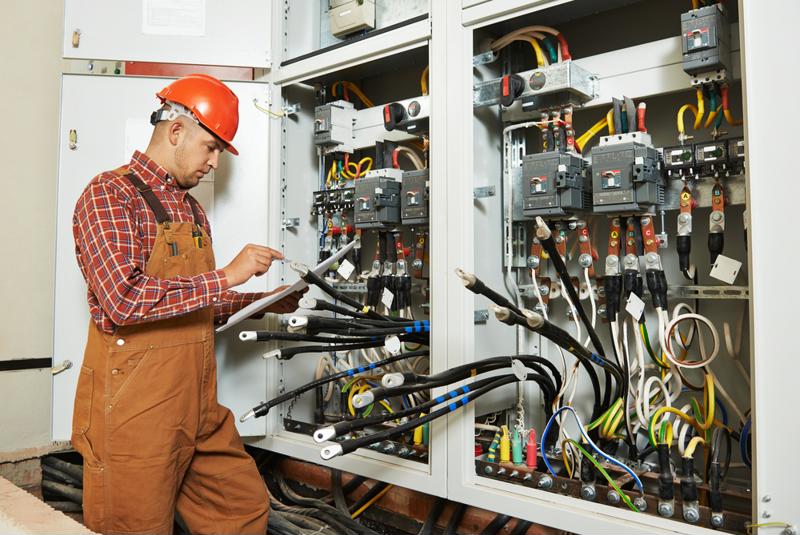Employers must implement safety measures to protect their employees from electrical hazards. The Occupational Safety and Health Administration outlines numerous safety regulations for companies whose workers operate on, near or with equipment or machines that use electricity. The terms lockout/tagout refer to the specific procedures and practices that safeguard employees from the unexpected startup of equipment and machinery, or the release of hazardous energy.
What is the purpose of lockout/tagout procedures?
Workers risk being hurt or fatally injured should the machinery they are servicing suddenly release dangerous amounts of energy. OSHA created the lockout/tagout procedures in order to establish minimum requirements for isolating electric devices to ensure that employees will be safe from harm while working on or near certain equipment or machinery. Once implemented, all workers are mandated to comply with any restrictions and limitations imposed through the regulations.

As part of the lockout/tagout program, companies must create energy-control procedures, which outline the mission, purpose, rules, authorization and various techniques workers will use to limit their energy exposure. This guide must include: a statement on how to use the devices, procedural shutdown steps, steps outlining the safe placement and removal of lockout/tagout devices, and ways to test the machines to determine and confirm the effectiveness of the lockout/tagout devices.
Additionally, employers must provide employee safety training opportunities that cover "energy-control program, including the safe application, use and removal of energy controls." Employers must also conduct rigorous annual inspections to ensure the continued effectiveness of the program and prevention of employee exposure to hazardous energy.
"Companies must create energy-control procedures."
The OSHA 1910.147 standard outlines the requirements for the control of hazardous energy. According to the standard, it "covers the servicing and maintenance of machines and equipment in which the unexpected energization or start up of the machines or equipment, or release of stored energy, could harm employees. This standard establishes minimum performance requirements for the control of such hazardous energy."
What are the specifications for lockout/tagout devices?
One of the most essential components of an effective lockout/tagout program is the device itself. These devices serve as prominent warnings and safety controls for any worker in proximity of them. OSHA provides numerous specifications for these devices to promote the highest levels of safety in the workplace. Here are a few of these characteristics:
- They must be durable enough to withstand working environments that may expose them to moisture or harsh chemicals. The tagout device in particular must not deteriorate or become illegible as a result of these exposures.
- They must be uniform in terms of size, color and shape, along with the tags being easily read and understood by every employees. The tags must also include clear and concise instructions such as "Do Not Energize or "Do Not Start."
- They must be substantial enough to lessen the risk of accidental or premature removal, as workers should only be able to remove them with excessive force or special tools.
- They also must be labeled in order to identify the authorized employees who are charged with applying and removing them.
At Stranco, our Circuit-Safe lockout hardware is the perfect solution for meeting OSHA's 1910.147 requirements for the control of hazardous energy. For companies that want to make their facilities safer and in compliance with OSHA regulations, choose Circuit-Safe, as it eliminates harmful "short-cuts" and makes circuit breaker lockout procedures easier, faster and more reliable. Our Circuit-Safe hardware comes with the guarantee that it will save you time, make lockout/tagout procedures easy and that it really works. Contact us today to learn about our convenient kit pricing.

